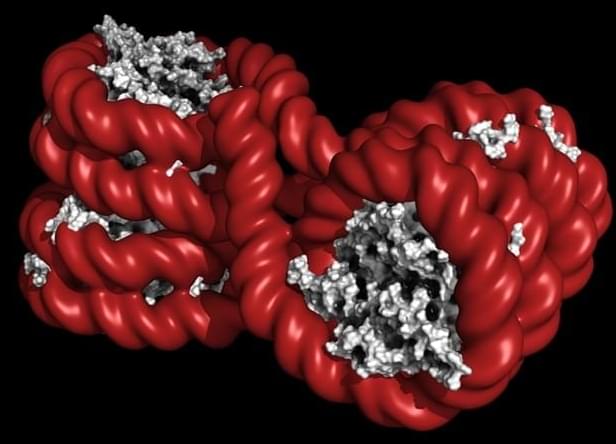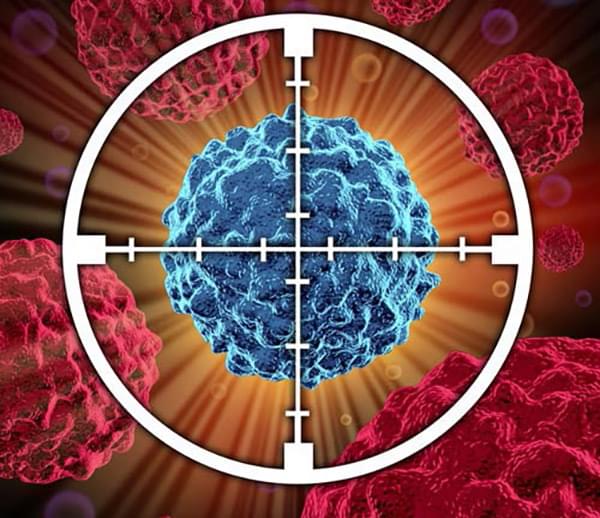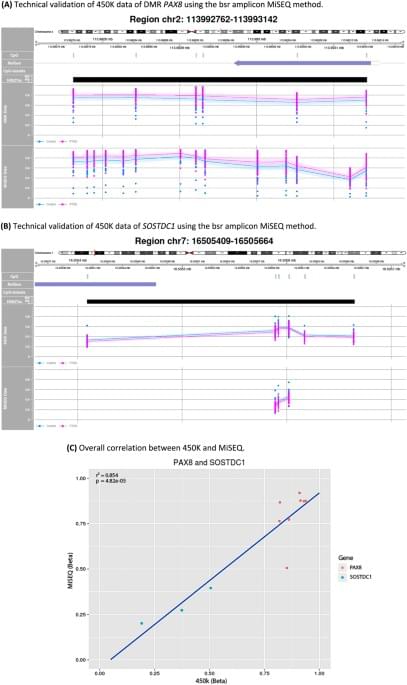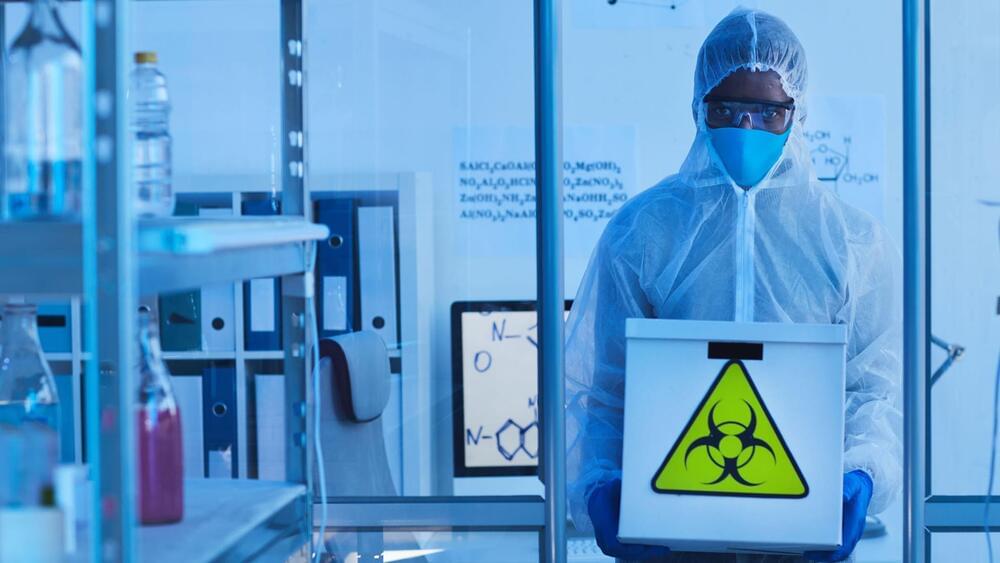Engineered vesicular stomatitis virus (VSV) pseudotyping offers an essential method for exploring virus–cell interactions, particularly for viruses that require high biosafety levels. Although this approach has been employed effectively, the current methodologies for virus visualization and labeling can interfere with infectivity and lead to misinterpretation of results. In this study, we introduce an innovative approach combining genetic code expansion (GCE) and click chemistry with pseudotyped VSV to produce highly fluorescent and infectious pseudoviruses (clickVSVs). These clickVSVs enable robust and precise virus–cell interaction studies without compromising the biological function of the viral surface proteins. We evaluated this approach by generating VSVs bearing a unique chemical handle for click labeling and assessing the infectivity in relevant cell lines.








